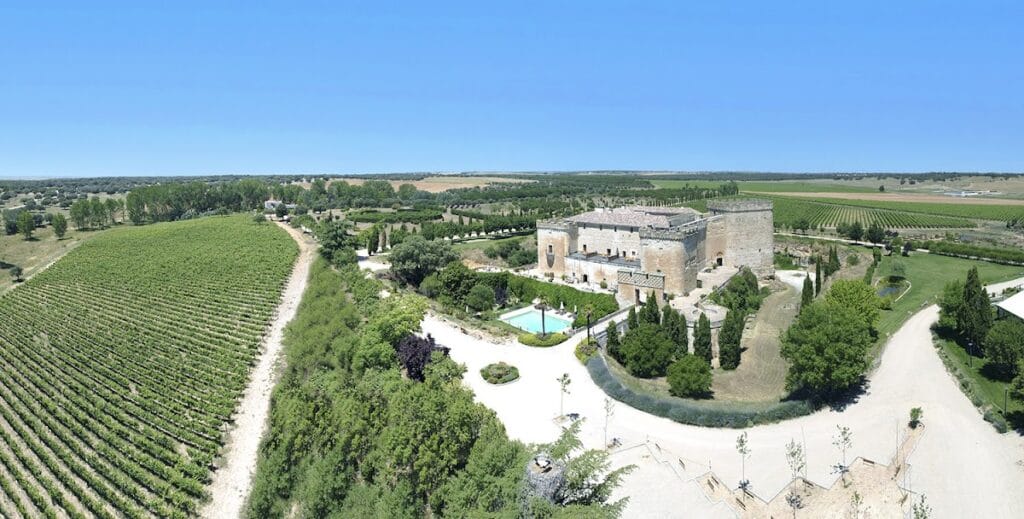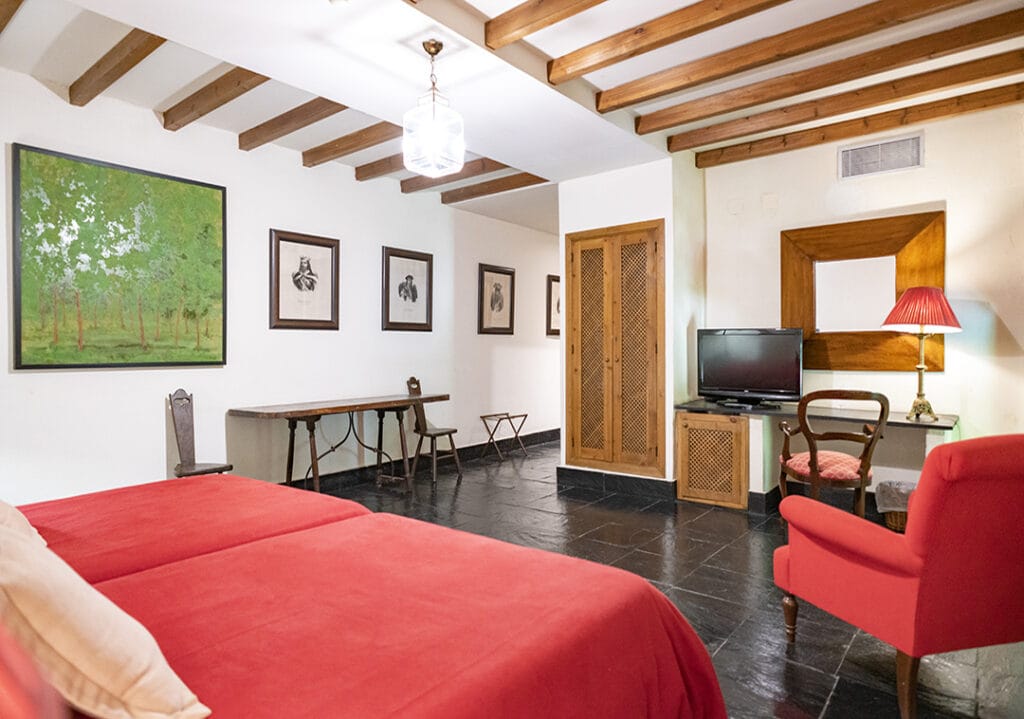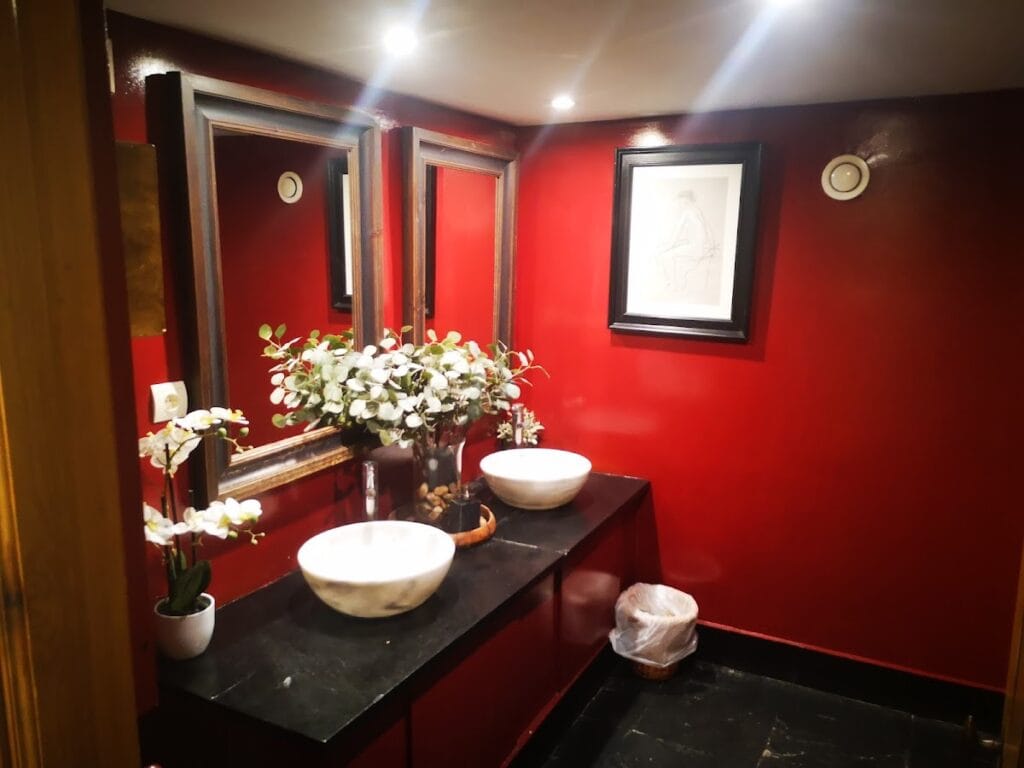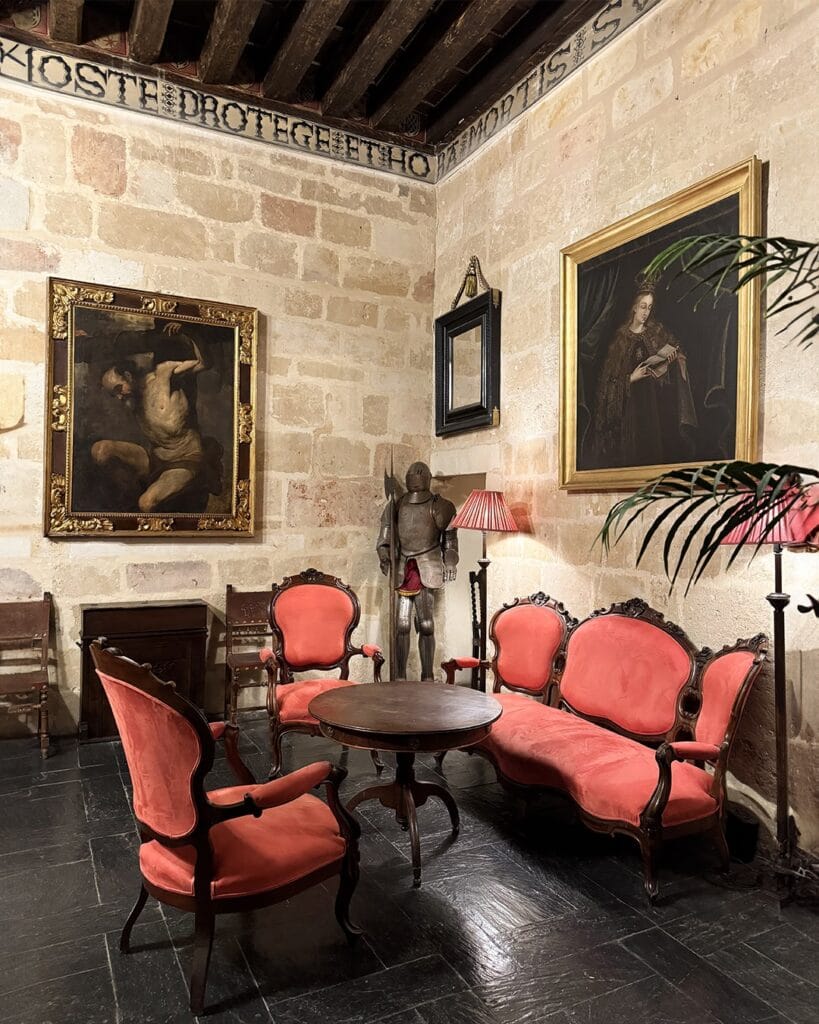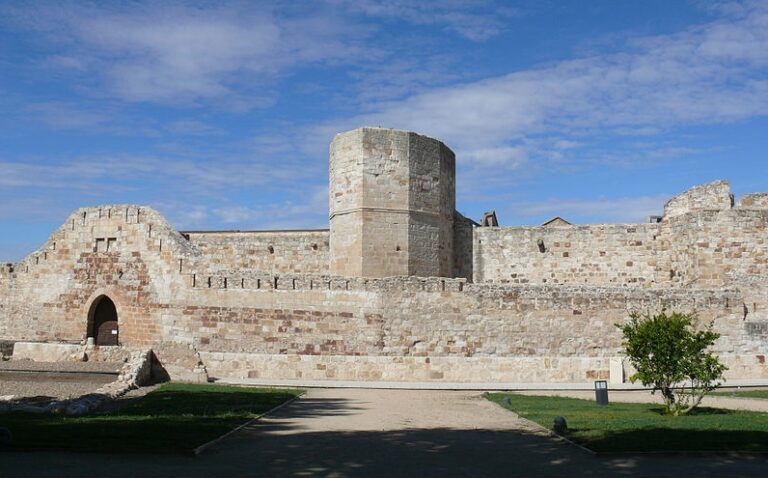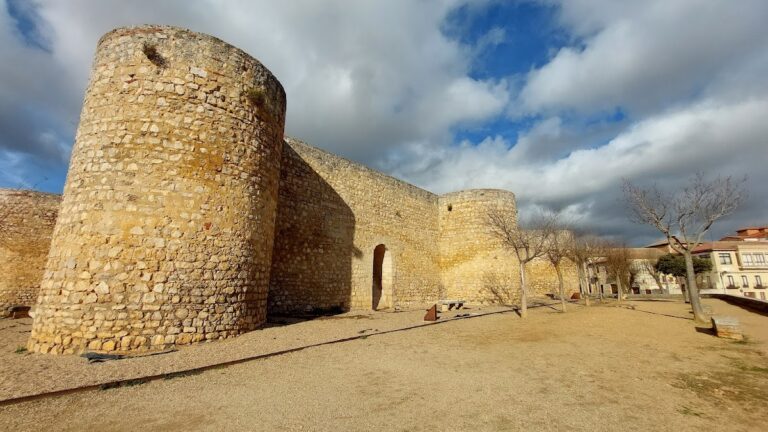Villanueva de Cañedo Castle: A Medieval and Renaissance Fortress in Spain
Visitor Information
Google Rating: 4.7
Popularity: Medium
Google Maps: View on Google Maps
Official Website: www.buenamor.net
Country: Spain
Civilization: Medieval European
Remains: Military
History
Villanueva de Cañedo Castle, situated in the municipality of Topas in Spain, originated during the Middle Ages under the influence of the Christian kingdoms that shaped the region. The site began as an 11th-century fortress constructed to assert control over the surrounding territory during a period marked by frequent conflicts and shifting allegiances.
The current castle structure dates primarily from the 15th century. Its initial authorization came from King Juan II of Castile, responding to the House of Alba’s interest in strengthening their domain. In 1475, the castle entered royal hands when it was handed over to the Catholic Monarchs, Isabella I of Castile and Ferdinand II of Aragon. Notably, King Ferdinand II lodged at the castle while traveling to the Battle of Toro, a decisive conflict connected to the struggle for the Castilian crown during the civil war against Juana la Beltraneja.
Following the war, ownership transferred several times among prominent figures. In 1476, Alfonso de Valencia y Bracamonte, who held the title Marshal of Castile, received the castle. Just a year later, it passed to Alonso Ulloa de Fonseca Quijada, Bishop of Ávila. The bishop undertook extensive renovations, transforming the medieval fortress into a Renaissance-style palace. He chose to reside here with Teresa de las Cuevas, a relationship that inspired the castle’s enduring nickname, “Castillo del Buen Amor,” or “Castle of Good Love.”
Under the reign of King Philip II in the late 16th century, the estate was elevated with the creation of the County of Villanueva de Cañedo, granted to Antonio de Fonseca Enríquez, a descendant of the bishop. The castle remained within the hands of this noble lineage for several centuries, maintaining its status as a noble residence. In the early 20th century, the property left aristocratic ownership when acquired by Ricardo Soriano Scholtz von Hermensdorff, known as the Marquis of Ivanrey. After changing owners a few more times, the Fernández de Trocóniz family purchased it in 1958.
Recognized for its historical and cultural value, the castle was declared a National Monument in 1931. It underwent restoration between 1958 and 1960 to preserve its structure and significance, ensuring the survival of this site with deep ties to Spain’s medieval and Renaissance past.
Remains
Villanueva de Cañedo Castle presents a Renaissance-style fortress built atop the foundations of an 11th-century medieval stronghold. Crucially, the original basement from the earlier castle remains preserved beneath the 15th-century palace, offering a tangible connection to its medieval origins. This basement reflects the solid defensive architecture characteristic of the early phases of the site.
The extensive rebuilding carried out by Bishop Alonso Ulloa de Fonseca Quijada converted the medieval fortress into a Renaissance palace, blending defensive features with the aesthetic and residential qualities of the period. Although specific decorative details have not been documented, the transformation reflects the architectural shift towards more comfortable and stately noble dwellings during the Renaissance while maintaining sufficient fortification.
Despite the castle’s age and its varied history of ownership and use, its structural integrity has been preserved well enough to allow significant restoration work in the mid-20th century. This restoration has maintained the building’s overall condition, safeguarding the interplay between its medieval basement elements and Renaissance superstructure.
The castle holds official protection under Spain’s heritage system as a designated Bien de Interés Cultural, highlighting its importance as a cultural monument. This status ensures ongoing conservation efforts aimed at preserving both its historical fabric and archaeological value.
